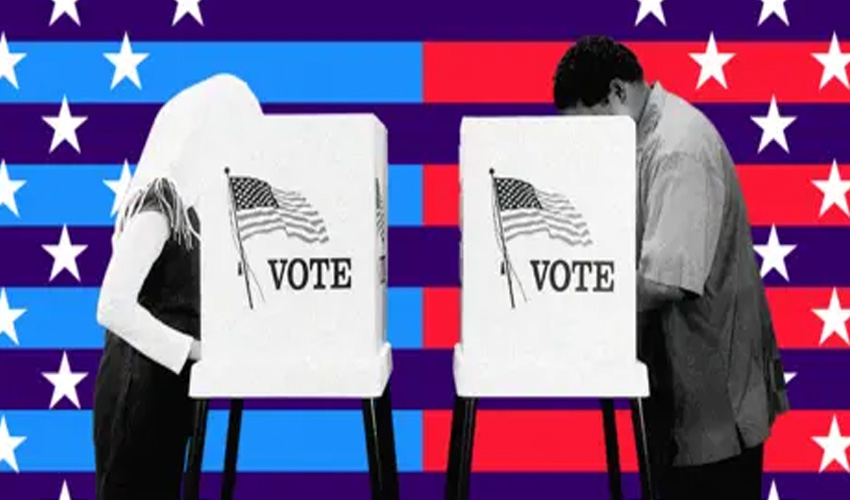As the United States gears up for the general election, one topic is set to dominate discussions: gerrymandering. This political manoeuvre, which involves the strategic redrawing of voting districts, has been a fixture of American democracy since the nation's founding. Yet, it remains a contentious issue, influencing the outcomes of elections at every level.
What Is Gerrymandering?
Gerrymandering refers to the practice of redrawing electoral district boundaries to favour a specific political party. Typically occurring once every decade, following the census, this process aims to align voting districts with population changes. However, it often devolves into a partisan tactic where political parties manipulate district lines to maximize their representation in state legislatures and Congress.
The technique involves two primary strategies: “packing” and “cracking.” Packing concentrates like-minded voters into a single district, thereby minimizing their influence in surrounding areas. Conversely, cracking divides these voters across multiple districts, diluting their voting power. The result is often a series of oddly shaped districts that may look more like abstract art than a coherent electoral map.
The origin of term
The term "gerrymandering" dates back to 1812 when Massachusetts Governor Elbridge Gerry redrew the state’s electoral map in a way that benefited his party. One of the districts he created was so convoluted that it resembled a salamander, prompting cartoonist Elkanah Tisdale to depict it in the Boston Gazette as the “Gerry-mander.” The name has since become synonymous with electoral manipulation.
Consequences of gerrymandering
Critics of gerrymandering argue that it undermines the democratic process, creating “safe” seats for politicians and reducing electoral competitiveness. A 2023 study by Harvard University found that gerrymandering often results in complacent politicians who become less accountable to their constituents. Voter disenchantment can follow, as citizens feel their voices are diminished.
While some states have implemented measures to curb gerrymandering—either through constitutional provisions or independent commissions—many lack adequate safeguards. Recent national efforts to ban partisan gerrymandering have also stalled, leaving the issue to be fought on a state-by-state basis. The 2019 Supreme Court ruling stated that challenges to partisan gerrymandering are a matter for state courts, further complicating the landscape.
Current landscape
As the 2024 election approaches, recent rulings on gerrymandering have the potential to significantly alter the political landscape. In South Carolina, for instance, a newly drawn map has transformed a competitive district into a stronghold for Republicans, igniting criticism from voting rights advocates. In Louisiana and Alabama, redistricting may lead to additional seats for Democrats, while North Carolina's state supreme court recently upheld a gerrymandered map that could provide Republicans with three more congressional seats.
Each of these developments carries substantial implications for the balance of power in the U.S. House of Representatives, as control over the chamber hinges on district-level votes. With national legislation often teetering on a knife’s edge, the stakes of gerrymandering have never been higher.
Gerrymandering continues to be a contentious and pivotal aspect of the electoral process in the United States. As elections draw near, the question remains: will we allow politicians to choose their voters, or will we strive for a more equitable and representative democracy? The answer will shape the future of American politics for years to come.



























